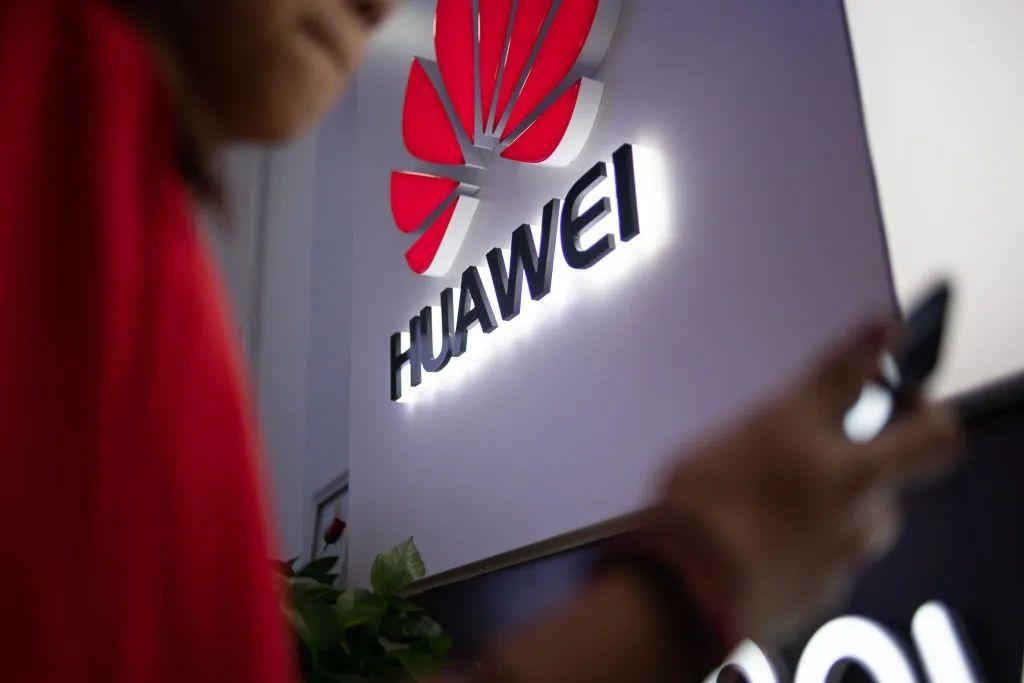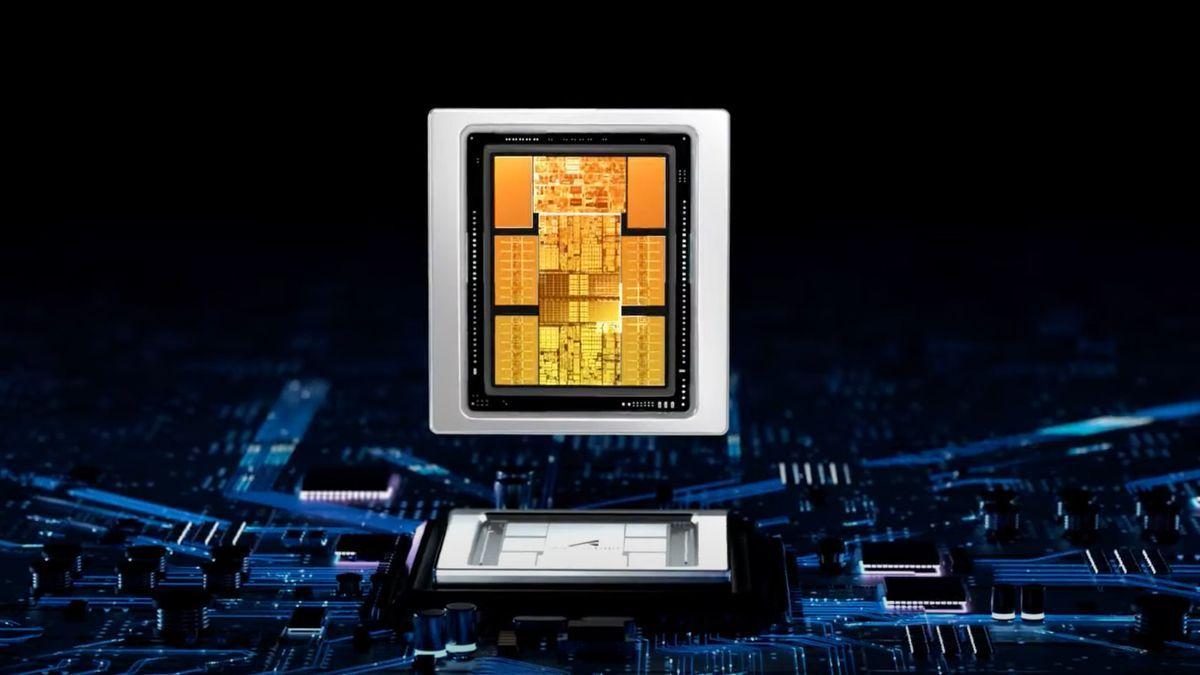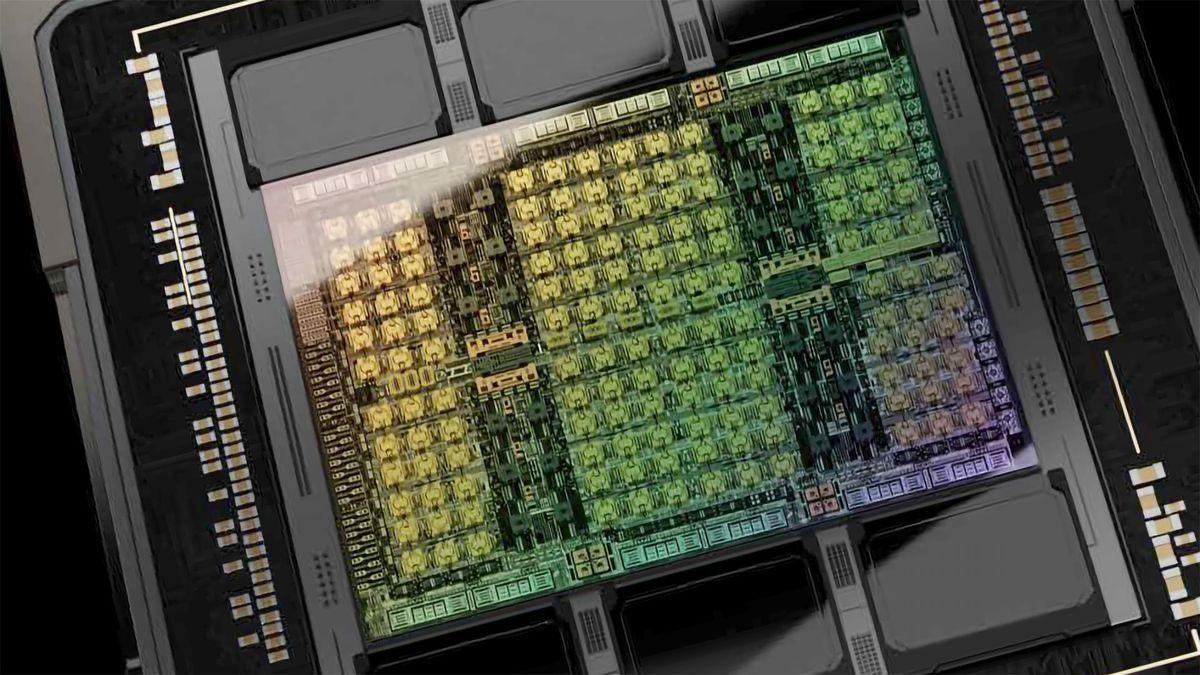Huawei's Ascend 910D: A Quad-Chiplet AI Accelerator Challenging Nvidia's Dominance
2 Sources
2 Sources
[1]
Huawei's quad-chiplet rival for Nvidia's Rubin AI GPUs could use packaging tech that rivals TSMC -- Ascend 910D rumors have seemingly solid foundation
Huawei has filed a patent for a quad-chiplet design that may be used for its next-generation AI accelerator known as the Ascend 910D. Huawei's quad-chiplet design certainly mimics Nvidia's approach for its quad-chiplet Rubin Ultra, but there is one more interesting thing in that patent around Huawei's plans for its advanced chip packaging -- it appears that Huawei is developing techniques that could rival market-leader TSMC's advanced packaging tech. This could eventually enable the company to sidestep US sanctions and catch up to Nvidia's AI GPU performance more quickly. That detail is, of course, in the patent that describes how a quad-chiplet processor could be made. While we cannot say for sure that it is the Ascend 910D, we can certainly connect some dots and make an assumption about the possible part (even though the patent, of course, does not indicate that). It also aligns with current chip industry insider chatter that suggests a quad-chiplet 910D is in the works. Perhaps a more interesting part about the rumored Ascend 910D is the interconnection between the compute chiplets, which appear like bridges (TSMC's CoWoS-L or Intel's EMIB with Foveros 3D) rather than 'just' an interposer (at least from the patent point of view). Meanwhile, a processor designed for AI training ought to be accompanied by a bunch of HBM-class memory modules, and these modules may use an interposer-class interconnection. While SMIC and Huawei are certainly behind in terms of lithography, they might be on par with TSMC in terms of packaging. That would be a key development that would help China sidestep the impact of US export restrictions that bar access to leading-edge chip manufacturing. Instead, Chinese companies could simply use advanced packaging to tie together multiple chiplets using older process node technology, enabling them to match, or at least come close to, the performance of chips made with leading-edge process nodes. Here comes some difficult math that we cannot confirm: The single-chiplet Ascend 910B is believed to have a die size of 665 mm², so we can quadruple that to 2,660 mm² in the case of the 910D (though keep in mind). As every 910B carries four HBM chiplets (let us assume they are 85 mm²), four of them will increase the HBM memory stack count to 16, leading DRAM's footprint to a whopping 1,366 mm². This leads us into speculative territory, but producing an Ascend 910D processor would require at least a total silicon area of 4,020 mm². By TSMC's standards, this counts as five EUV reticle sizes (858 mm²), a type of packaging that the company plans to introduce for volume production in 2026. When we first heard rumors about Huawei's quad-chiplet Ascend 910D accelerator for AI back in April, we took it with a spoon of salt and a pinch of pepper back then. However, the rumor is now gaining traction, and Huawei is indeed working on a four-die processor called Ascend 910D, which is projected to surpass Nvidia's H100 in per-GPU-package performance. We should still take it with a grain of salt (at least not a whole spoonful of it), as not all patent applications ultimately result in actual products. In addition to the 910D, Huawei is reportedly working on a future processor under the Ascend 920 moniker, but that part was supposed to compete against Nvidia's H20. This naming scheme is, of course, illogical, but as there might be some merit behind that report, we should also keep this in mind.
[2]
Huawei's New AI Chips Could Work With NVIDIA's Chips & Compete With 2022 GPU, Says Rumor
This is not investment advice. The author has no position in any of the stocks mentioned. Wccftech.com has a disclosure and ethics policy. According to a rumor on social media, China's Huawei is developing a new AI processor that aims to compete with NVIDIA's H100 GPU. NVIDIA's latest AI GPUs are the Blackwell series, and the rumor suggests that a new Huawei chip called the Ascend 910D, can use four chip dies for a larger chip than the current high-end Ascend 910C. Investigative reports have suggested that the Chinese firm has access to as many as two million individual chip dies, which are joined together to produce high-power chips. Today's rumor indicates that Huawei is struggling to design new chips by relying on older dies to produce high-power equipment. Huawei Allegedly Resorting To Multi-Die Packaging To Overcome Chip Production Constraints While US sanctions have crippled Huawei's ability to manufacture high-end chips due to being unable to work with chip manufacturers with access to the latest lithography equipment, multiple reports have suggested that the firm managed to procure advanced dies before the sanctions came into effect. A chip die is a single chip which is assembled or packaged into multi-die options through packaging to produce advanced AI GPUs. Huawei's Ascend chip dies are reportedly used to manufacture the Ascend 910C AI processors, with each processor relying on two dies. However, a report from Chinese social media suggests that the firm is aiming to connect four dies to create the Ascend 910D chip. The report outlines that this chip could beat NVIDIA's H100 in performance. The NVIDIA H100 was launched in 2022, and OpenAI used the chip's predecessor, the A100, to train ChatGPT. However, US sanctions prevent NVIDIA from selling the H100 or its successors to China. Today's report, if true, suggests that the Asian country is still struggling to meet NVIDIA's advanced products in performance as US sanctions severely limit its ability to design and procure the latest hardware. Not only does the report mention the design of the 910D, but it also shares details about its production and a potential successor. It claims that market shipments could start as soon as this quarter or by the second quarter of 2026. It is important to note that while Huawei is believed to have access to two million Ascend chip dies, US estimates believe that China can produce a maximum of 200,000 AI chips in 2025 and packaging often leads to inefficiencies which reduce the total number of usable chips that can be produced with a given die inventory. Consequently, assuming that Huawei has access to 1.5 million Asend dies, the firm could produce less than 400,000 Ascend 910D chips if it was able to package all of them into a four-die package without inefficiencies. However, the 910D chips could be manufactured by China's SMIC, as has been indicated by earlier rumors. As for the Ascend 910's successor, the report believes that the design upgrade will be called the Ascend 920. It will use a two-die design as default, and it will also be operable with NVIDIA's products. The report suggests that the 920 could rely on a general-purpose graphics processing unit (GPGPU) framework, which expands the performance of a typical GPU chip. It adds that the 920 could also begin small-scale shipments in 2027.
Share
Share
Copy Link
Huawei is developing a quad-chiplet AI accelerator, the Ascend 910D, potentially rivaling Nvidia's H100 GPU. This move showcases China's efforts to overcome US sanctions and compete in the AI chip market.
Huawei's Ambitious AI Accelerator Project
Huawei, the Chinese tech giant, is reportedly developing a new AI accelerator called the Ascend 910D, which aims to challenge Nvidia's dominance in the AI chip market. This development comes amidst ongoing US sanctions that have limited China's access to advanced chip manufacturing technologies
1
.
Source: Wccftech
Quad-Chiplet Design and Advanced Packaging
The Ascend 910D is rumored to feature a quad-chiplet design, similar to Nvidia's approach with its Rubin Ultra GPU. This design could potentially allow Huawei to compete with Nvidia's H100 GPU in terms of performance. The processor is expected to have a total silicon area of approximately 4,020 mm², which is equivalent to five EUV reticle sizes by TSMC's standards
1
.
Source: Tom's Hardware
What's particularly interesting is Huawei's apparent focus on advanced packaging technologies. The company has filed a patent describing interconnections between compute chiplets that resemble bridges, similar to TSMC's CoWoS-L or Intel's EMIB with Foveros 3D technologies. This emphasis on packaging could help Huawei sidestep some of the impacts of US export restrictions
1
.Overcoming Production Constraints
Reports suggest that Huawei has access to as many as two million individual chip dies, which it plans to use for producing high-power chips like the Ascend 910D. This strategy of relying on older dies and advanced packaging techniques appears to be Huawei's approach to overcome production constraints imposed by US sanctions
2
.However, it's important to note that packaging often leads to inefficiencies, which could reduce the total number of usable chips that can be produced. Estimates suggest that even with 1.5 million Ascend dies, Huawei might only be able to produce less than 400,000 Ascend 910D chips
2
.Related Stories
Market Implications and Future Plans
If the rumors prove true, the Ascend 910D could begin shipping as soon as this quarter or by the second quarter of 2026. This development could significantly impact the AI chip market, potentially providing Chinese companies with a competitive alternative to Nvidia's offerings
2
.Furthermore, Huawei is reportedly working on a successor to the Ascend 910, tentatively named the Ascend 920. This future processor is said to use a two-die design by default and could potentially be operable with Nvidia's products. The Ascend 920 might rely on a general-purpose graphics processing unit (GPGPU) framework and could begin small-scale shipments in 2027
2
.Challenges and Uncertainties
While these developments are promising for Huawei and the Chinese tech industry, significant challenges remain. US sanctions continue to limit China's access to the most advanced chip manufacturing technologies. Additionally, not all patent applications result in actual products, so it's crucial to approach these rumors with some skepticism
1
.The success of Huawei's AI accelerators will depend not only on their performance but also on the company's ability to scale production and compete in a market dominated by established players like Nvidia. As the AI chip race intensifies, the global tech industry will be watching closely to see how Huawei's ambitious plans unfold.
References
Summarized by
Navi
[1]
Related Stories
Huawei's Ascend 910D AI Chip Challenges NVIDIA Amid US Export Restrictions
21 Apr 2025•Technology

Huawei's Ascend 910C Challenges Nvidia's AI Dominance with 60% H100 Inference Performance
05 Feb 2025•Technology

Huawei's Ascend 910C AI Chip Achieves Breakthrough in Yield Rates, Challenging NVIDIA's Dominance
26 Feb 2025•Technology

Recent Highlights
1
Google launches Gemini 3 Flash as default AI model, delivering speed with Pro-grade reasoning
Technology

2
OpenAI launches GPT Image 1.5 as AI image generator war with Google intensifies
Technology

3
OpenAI launches ChatGPT app store, opening doors for third-party developers to build AI-powered apps
Technology





